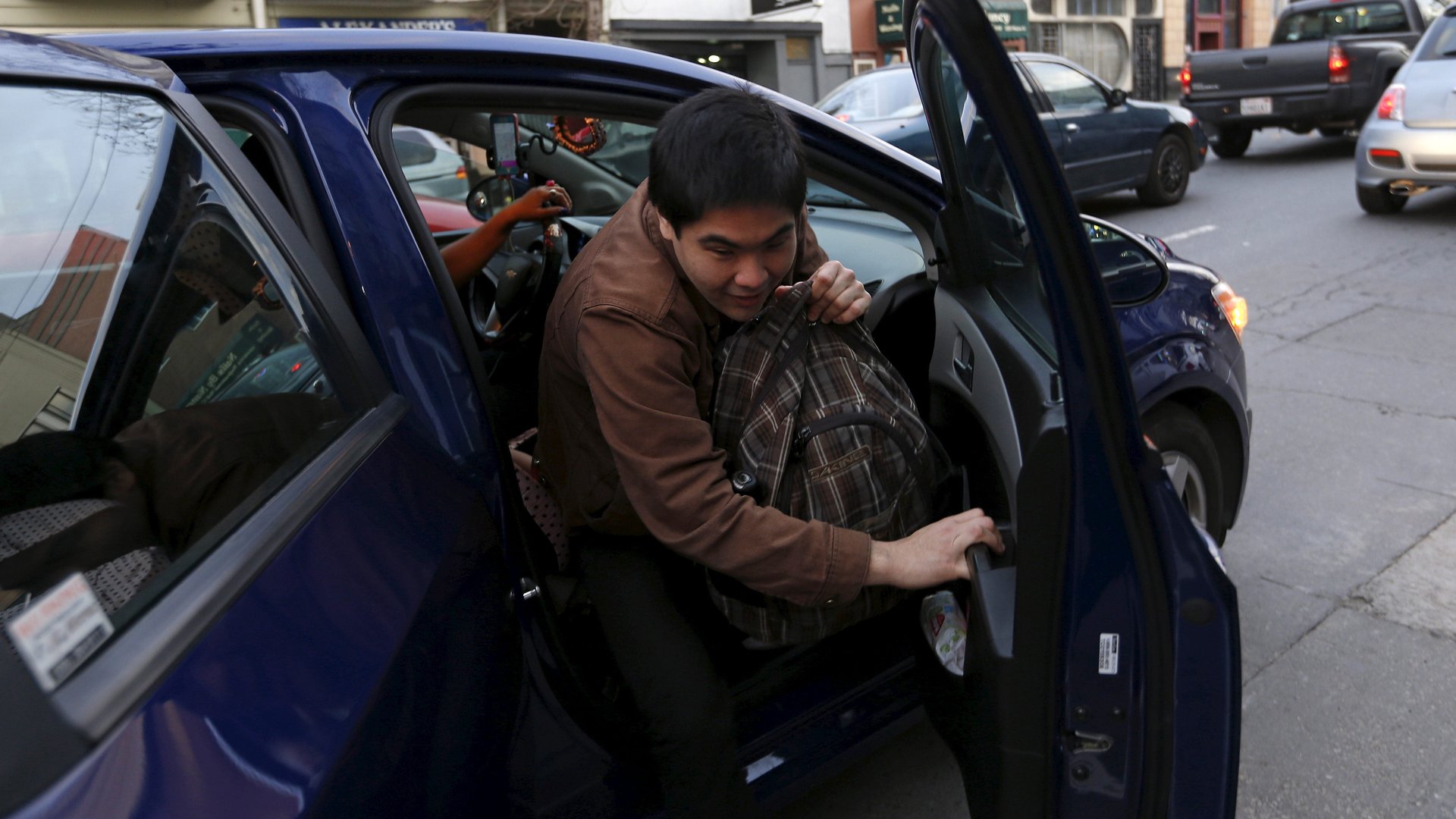Uber drivers fired in New York can now appeal before a panel of their peers
Uber has fought hard against the claim that its drivers are employees. But in most of the US, the company retains a very employer-like power—the right to unilaterally fire workers from the Uber platform.


Uber has fought hard against the claim that its drivers are employees. But in most of the US, the company retains a very employer-like power—the right to unilaterally fire workers from the Uber platform.
This being the new digital economy, of course, Uber doesn’t think of this as firing. Rather, the company calls it deactivation. Uber can “deactivate” drivers for anything from misconduct to poor passenger ratings. It’s one reason the company’s five-star ratings system is notoriously inflated; drivers will sometimes beg passengers for a perfect review if their score has dropped precipitously low. In most cities, drivers who have been kicked off Uber’s platform have little recourse.
Until now. This month, the company finalized an agreement to let its more than 40,000 drivers in New York appeal deactivation decisions, in front of a panel of their peers.
The announcement comes six months after Uber first agreed to implement an appeals process, part of its recognition of the Independent Drivers Guild (IDG), a group that advocates for Uber drivers in New York. The guild is controversial among organizers—it’s associated with a regional branch of the International Association of Machinists and Aerospace Workers union, but isn’t a union itself. Drivers didn’t vote for it, nor does it have any formal collective bargaining rights. Critics have also suggested that Uber recognized the IDG to stave off more potent organizing among drivers in the future. The appeals process was outlined by IDG founder Jim Conigliaro in an email to Uber drivers on Nov. 21.
According to Conigliaro, drivers can contest deactivation decisions in front of a five-member “peer panel” of drivers, selected by the guild and the company. The hearings will be overseen by the American Arbitration Association, a nonprofit group, and drivers can request representation from the IDG. In a statement on its website, Uber noted that deactivations made for “zero-tolerance violations,” such as criminal activity or sexual assault, cannot be appealed. Drivers who are kicked off for low ratings will also go through “a separate resolution process” that involves taking a course on how to be a better Uber driver. Uber also said it will retain “ultimate determination of eligibility” for appeals of all other deactivations.
“NYC drivers now have the best job protection of any Uber drivers in the nation,” IDG spokeswoman Moira Muntz said in a statement on Tuesday.
The announcement follows a series of other small wins for Uber drivers, many of whom are seeking greater worker protections. In late October, a British employment court ruled that Uber broke the law by not providing two of its drivers (one former, one current) with holiday pay, a guaranteed minimum wage, and the right to take breaks. A New York labor regulator made a similar determination in October, declaring two former Uber drivers eligible for unemployment.
This isn’t the company’s first fight over deactivation. In April, Uber agreed to settle a lawsuit with drivers in California and Massachusetts who believed they were misclassified as independent contractors instead of employees. At the time, Uber said it would overhaul its deactivation procedures so that drivers would have to be fired “for sufficient cause” and “receive warnings” before being kicked off the platform. A federal judge rejected that settlement deal in August.